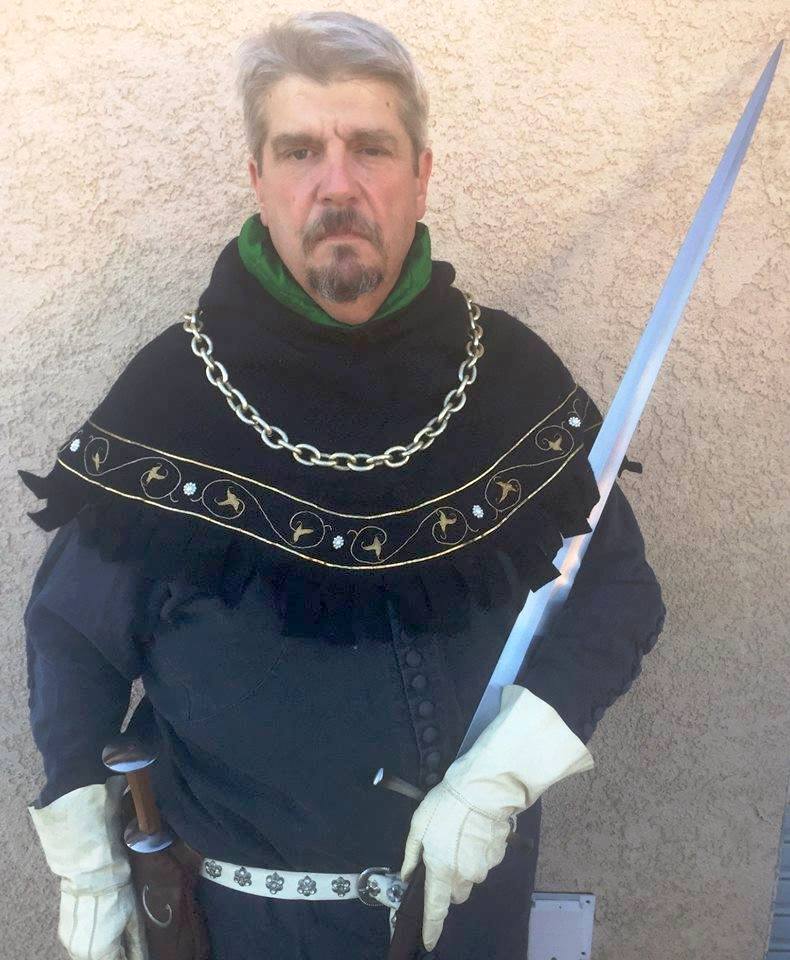Our School
Die Schlachtschule teaches the art of foot combat appropriate for a medieval European knight.Why resurrect these lost arts in the 21st century? Each student must answer that question for himself, but many of us have a real fascination for the Middle Ages and the knights who lived in that violent and bloody time. Martial arts in general give a focus and discipline to our lives, and medieval martial arts give us a connection to that culture, so combining those two things can be extremely satisfying.
Medieval combat skills have little relevance to the modern world; you will never engage in a real sword or pollaxe fight in the real world, after all. Thus, our goal is not—and cannot be—to create skilled fighters, because that's simply impossible. Instead, our purpose is to learn what medieval combat was really like and gain some insight into how it was performed. In a way, we are like modern craftsmen who learn to recreate medieval crafts such as calligraphy, armor making, or cooking: we want to recreate a medieval art as accurately as possible in order to understand it.

